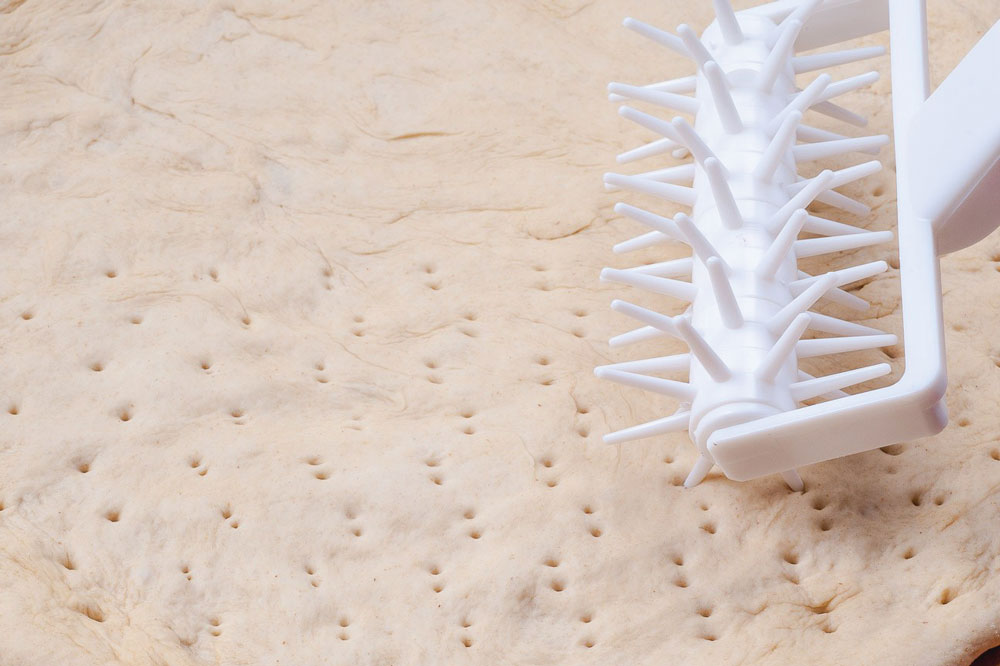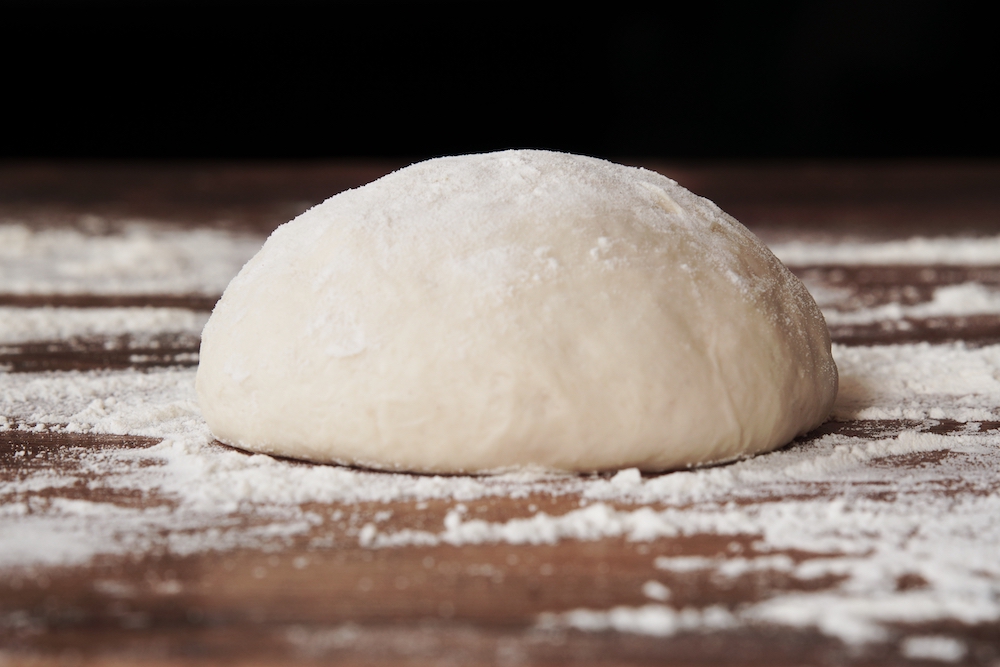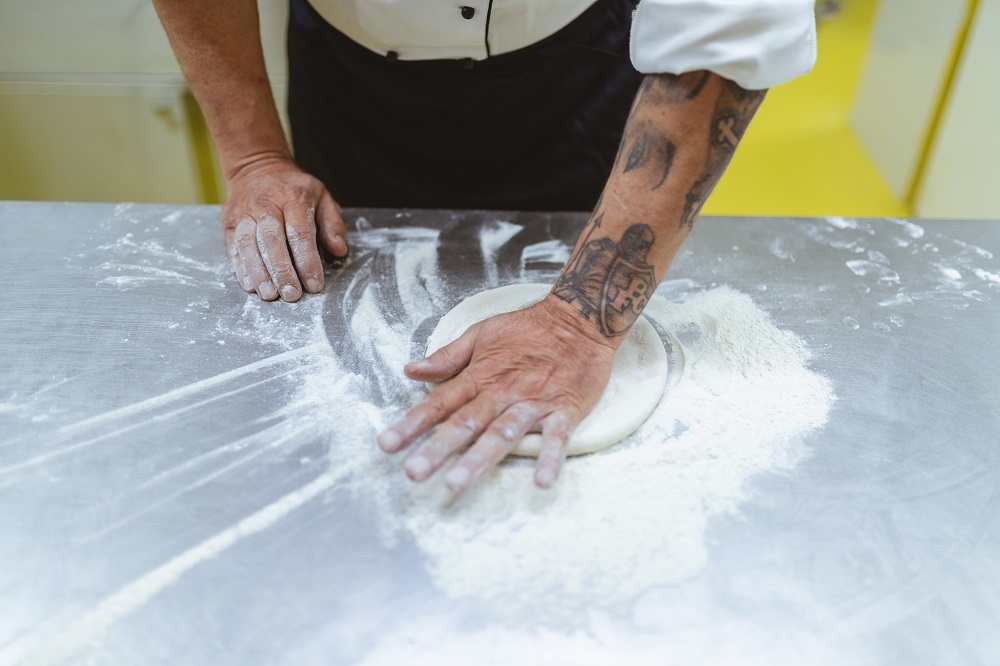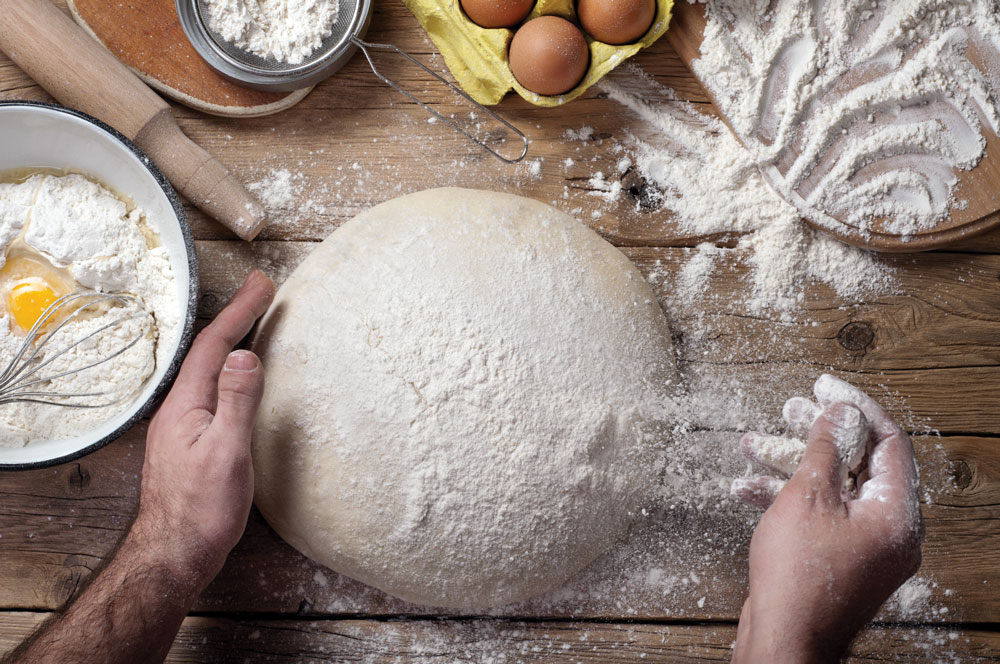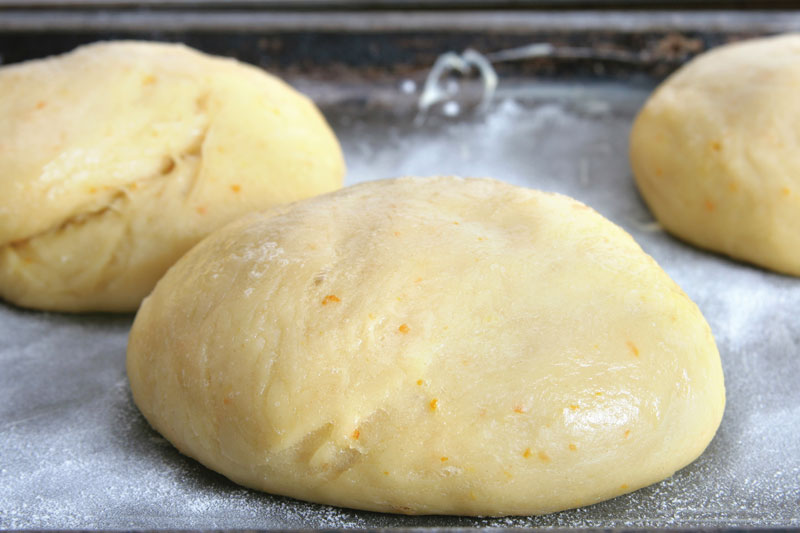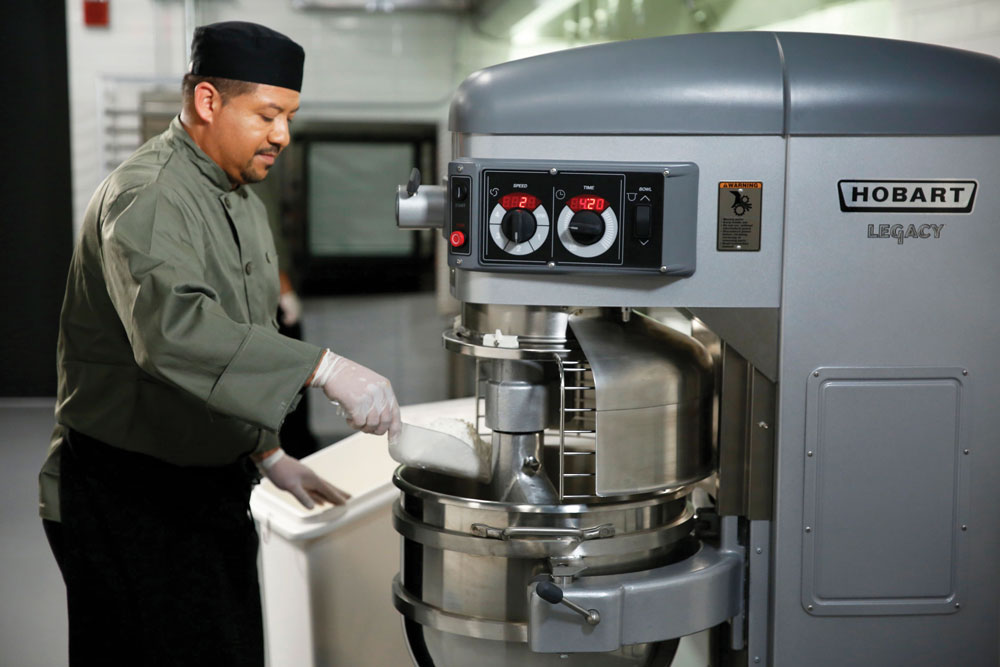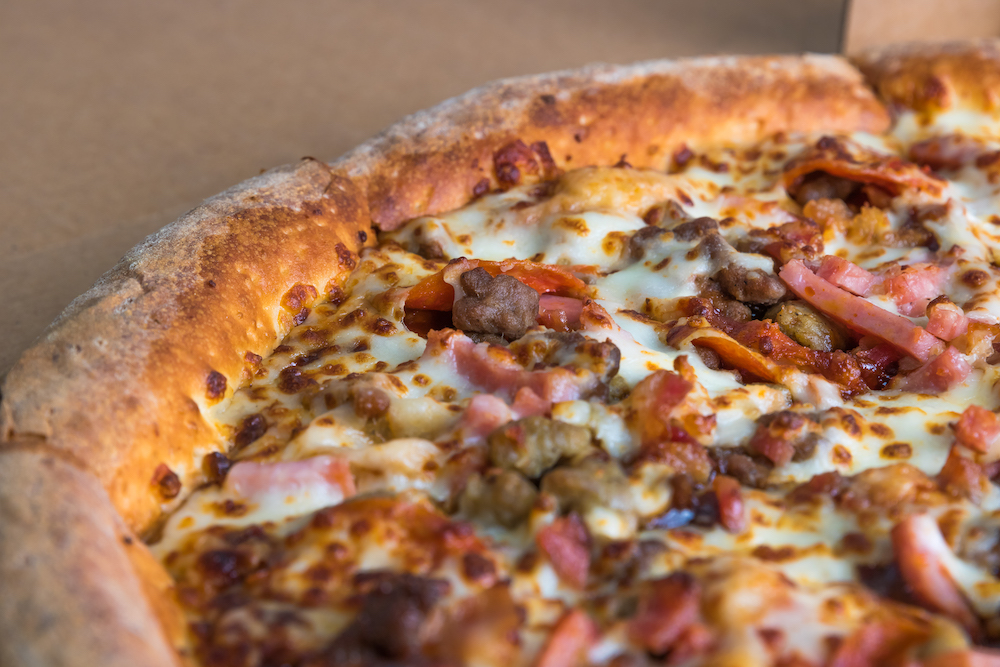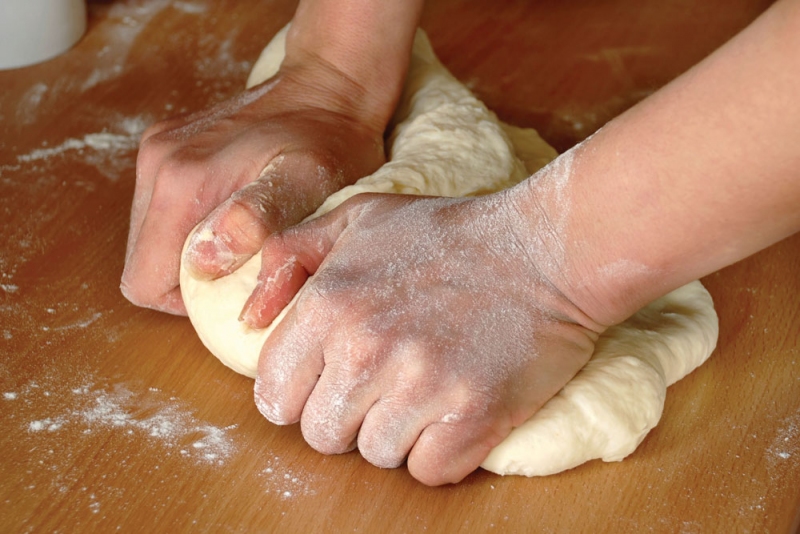Q: What is dough docking, and why is it important?
A: There are misconceptions regarding just what dough docking is and how it works to help control bubbling of the dough. Done correctly, docking is pretty effective at reducing the bubble formation in the dough, but done incorrectly, much of its functionality is lost.
So what is “docking”? Docking is the process of sealing or crimping the top and bottom layers of the dough together, much like spot welding is used to hold two pieces of steel together. A dough docker should have very blunt tips/points as opposed to sharp or pointy tips. The blunt tips on the docking wheels effectively pinch the top and bottom of the dough together to control the bubbling.
Some dough dockers have pointed tips on their docking wheels, resulting in two problems. First, the pointed tips just pierce the dough, making a small hole in it. Second, a pointed tip allows very little contact area to provide a tight bonding of the dough, whereas a flat tip or very blunt tip will push dough in front of the tip as it penetrates the dough, creating a larger contact area for tighter bonding.
A good example of effective dough docking can be seen on a Club-style cracker. Hold it up to the light and look at the docking holes in the cracker. Notice that most of the holes don’t go completely through the cracker; instead, a thin web or layer of crust seals the bottom of the hole. This is where the blunt docking pins pushed the dough to the bottom of the dough sheet and crimped it all together, forming the dough bonding needed to control bubbling. Without docking, a cracker would be more like a crispy, little inflated pita.
Can you overdo dough docking? Yes, you can. Typically, it takes only one or two passes with the dough docker to control dough bubbling. Four or five passes result in a loss of oven spring and a thinner finished crust with a unique appearance due to all of the docking pin marks on the crust surface. This also yields a uniform, “pillowy” appearance with a crispier texture due to the way the crust bakes, with all of those docking pinholes both increasing surface area and providing for improved heat penetration. This is one of the reasons why heavily docked thin, crispy and cracker-type crusts exhibit their unique crispiness.



